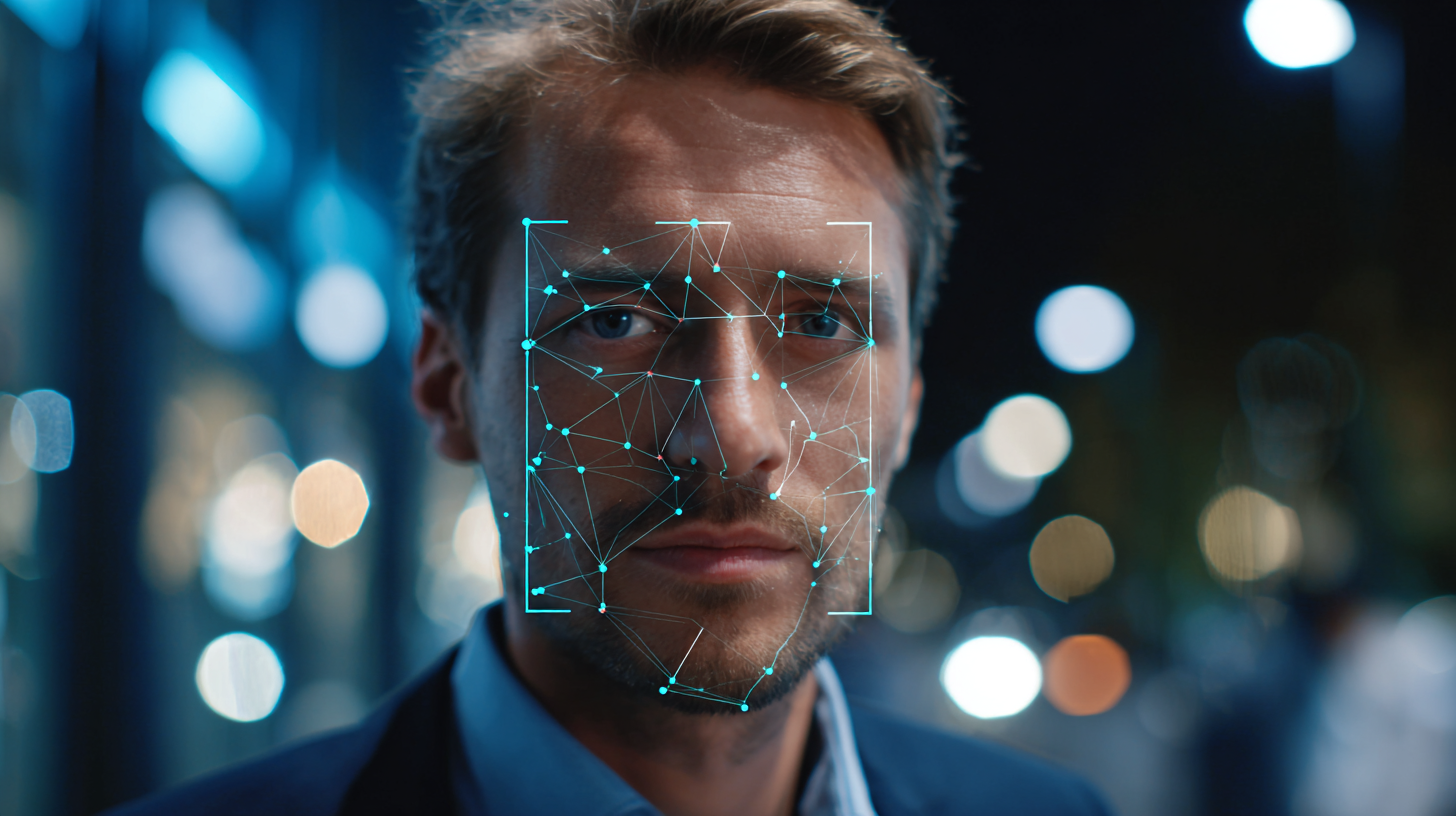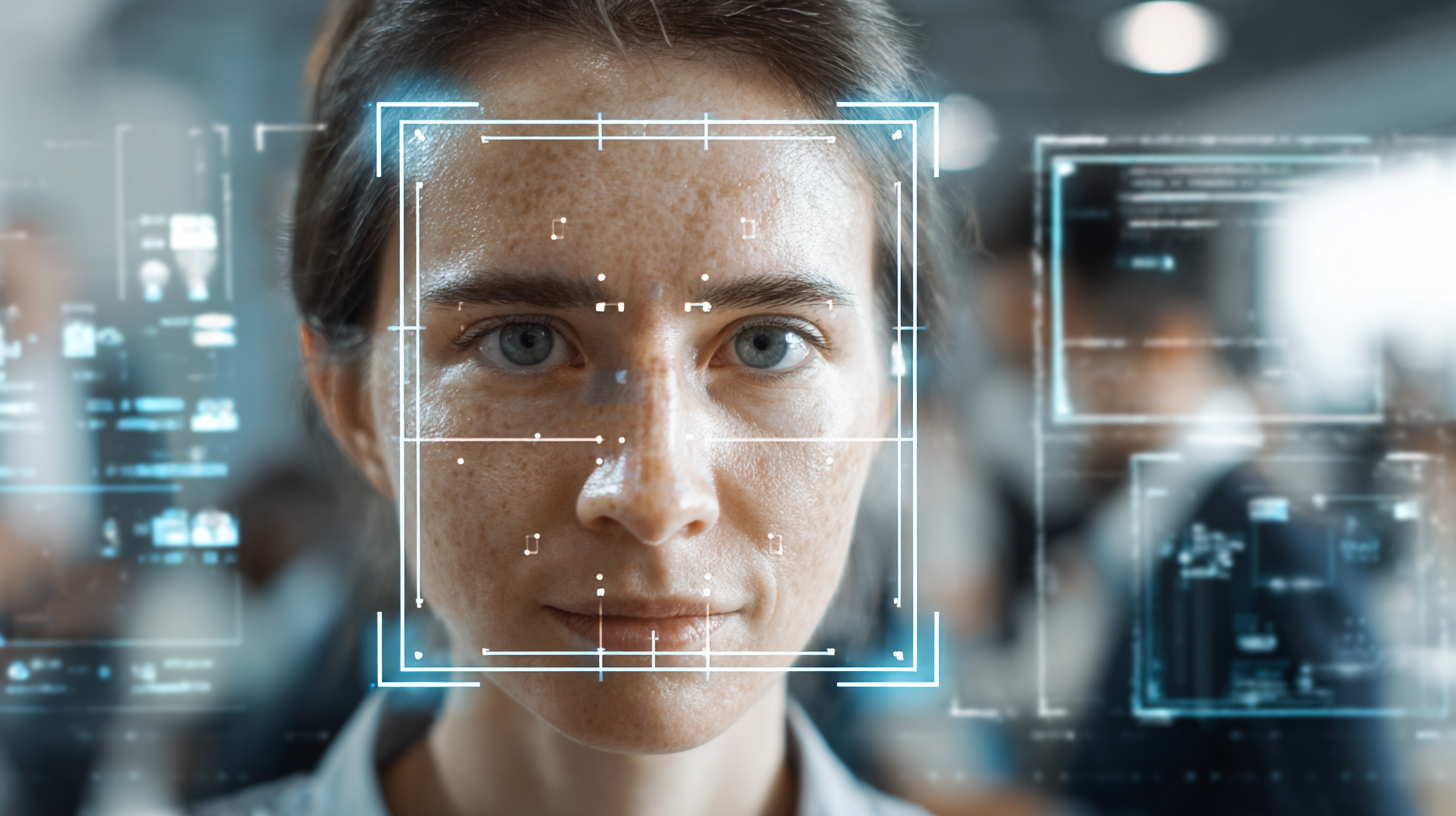Unlocking Value: How After-Sales Support and Maintenance Costs Differentiate the Best Facial Recognition Systems
In the rapidly evolving world of technology, the role of a Facial Recognition System extends far beyond mere identification and verification. As organizations increasingly adopt such systems to enhance security and streamline operations, the importance of after-sales support and maintenance emerges as a pivotal aspect that can differentiate the best offerings from the rest. This blog explores how effective after-sales support and well-structured maintenance costs contribute to the overall value of these systems, ultimately impacting user satisfaction and return on investment.

We will delve into the key features that set top-tier facial recognition solutions apart, demonstrating that investing in reliable after-sales services not only ensures optimal performance but also fosters long-term relationships with clients. By understanding these nuances, businesses can make informed decisions, unlocking the full potential of facial recognition technology while maximizing its benefits.
Benefits of Comprehensive After-Sales Support in Facial Recognition Systems
In the rapidly evolving field of facial recognition technology, the significance of comprehensive after-sales support cannot be overstated. As organizations increasingly adopt these advanced systems, the role of effective maintenance and support becomes vital to ensure optimal performance and reliability. A robust after-sales framework provides users with essential guidance, updates, and troubleshooting resources that not only enhance user confidence but also foster seamless integration within existing operations.
The benefits of comprehensive after-sales support extend beyond mere troubleshooting; they play a pivotal role in maximizing the long-term value of facial recognition systems. With ongoing advancements in AI technologies, such as those seen in recent innovations, users can leverage these updates to continuously improve system performance and adaptability. Furthermore, a strong support network ensures compliance with evolving regulations and standards, safeguarding both the organization and its clientele from potential risks associated with facial recognition technology. In today’s landscape, investing in after-sales support is not just an option but a strategic necessity for those looking to thrive in an increasingly competitive environment.
Understanding Maintenance Costs and Their Impact on System Performance
The role of maintenance costs in facial recognition systems cannot be overstated. According to a recent report by MarketsandMarkets, the global facial recognition market is expected to reach $9.6 billion by 2022, with significant investments in system upkeep being a key factor in that growth. Systems that lack comprehensive after-sales support often lead to poorly optimized performance, resulting in a 30% increase in false positives. This inefficiency underscores the necessity for companies to factor maintenance costs into their purchasing decisions.
Tips: Ensure that your vendor offers a clear maintenance plan that includes regular software updates and technical support. This proactive approach can mitigate potential issues and enhance overall system reliability.
Organizations that invest in regular maintenance can achieve up to a 15% increase in system accuracy. A study by Frost & Sullivan highlighted that ongoing support such as troubleshooting and training can improve user adoption and performance metrics. This correlation between maintenance investment and system efficiency makes clear the competitive advantage that top-tier facial recognition systems can provide.
Tips: Regular training sessions for team members on system updates can drastically reduce operational downtime. Building a routine maintenance schedule can help maintain high-performance levels over time.
Real-World Examples of Effective After-Sales Support in Tech Companies
Effective after-sales support is a crucial differentiator for top-tier facial recognition systems in the tech landscape. For instance, a recent report by MarketsandMarkets estimates that the global facial recognition market will grow from $3.2 billion in 2022 to $7 billion by 2027, emphasizing the need for robust support mechanisms as systems become more complex. Companies like Face++ and Clearview AI have set benchmarks with their comprehensive support frameworks. They provide not only technical assistance but also regular system updates and training sessions, ensuring that clients maximize the benefits of their facial recognition systems.
Moreover, customer satisfaction in tech companies is heavily influenced by after-sales service quality. According to a survey by TechTarget, 72% of respondents highlighted that effective after-sales support directly improves user experience and retention. Additionally, organizations that invest in proactive maintenance and support can reduce operational costs by about 30% over five years, as noted in a report by Deloitte. This underscores the importance of not just selling advanced technology, but also providing ongoing, responsive support that fosters long-term client relationships.

Cost Comparisons: High vs. Low Maintenance Systems in Facial Recognition
When considering facial recognition systems, maintenance costs play a pivotal role in evaluating their overall value. High-maintenance systems often come with robust support and frequent updates, ensuring optimal performance and security. These systems tend to offer better accuracy and reliability, making them suitable for critical applications such as law enforcement or secure access control. However, the associated costs can accumulate rapidly, impacting the overall budget for organizations that deploy them.

Conversely, low-maintenance systems may appear attractive due to their reduced upfront and ongoing costs. While they can be adequate for less demanding applications, organizations must weigh the risks involved. Compromising on maintenance could lead to outdated technology, increased downtime, and potentially, a higher cost of ownership in the long run. Thus, while the initial savings might seem beneficial, the effectiveness of the system and the value it provides often hinge on the quality of after-sales support and maintenance. As businesses assess their needs, understanding these cost comparisons will guide them toward making informed decisions in an increasingly competitive landscape.
Key Metrics for Evaluating the ROI of After-Sales Services in Technology Solutions
When considering investments in facial recognition systems, the total cost of ownership extends far beyond the initial purchase price. After-sales support and maintenance are critical components that can significantly impact the return on investment (ROI). To effectively evaluate the ROI, businesses should focus on key metrics such as response time for service requests, frequency of software updates, and the availability of customer support. These factors not only affect daily operations but also influence the longevity and performance of the technology.
Tip: Regularly assess the performance of your support team by tracking how quickly they resolve issues. Shorter response times often correlate with higher user satisfaction and can lead to increased productivity.
Moreover, understanding the total cost of maintenance is crucial. Businesses should evaluate not just the annual maintenance fees but also the indirect costs associated with system downtime and inefficiencies stemming from inadequate support. A well-structured support and maintenance plan can lead to reduced risks and better overall performance, ensuring that the facial recognition system continues to meet evolving business needs.
Tip: Consider conducting a cost-benefit analysis to compare different after-sales service offers from vendors. This will help you identify the best value option rather than solely lowest price.
Unlocking Value: How After-Sales Support and Maintenance Costs Differentiate the Best Facial Recognition Systems
| System Type | Initial Cost ($) | Annual Maintenance Cost ($) | Support Response Time (hrs) | Satisfaction Rating (out of 10) | ROI (%) |
|---|---|---|---|---|---|
| Basic System | 2000 | 500 | 24 | 6 | 25 |
| Intermediate System | 5000 | 1000 | 12 | 8 | 40 |
| Advanced System | 10000 | 1500 | 4 | 9 | 60 |
| Premium System | 20000 | 2500 | 2 | 10 | 80 |